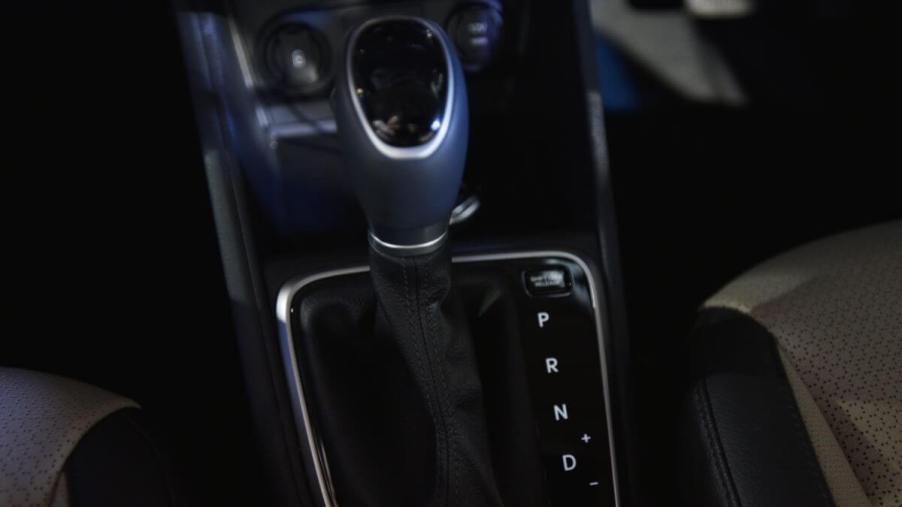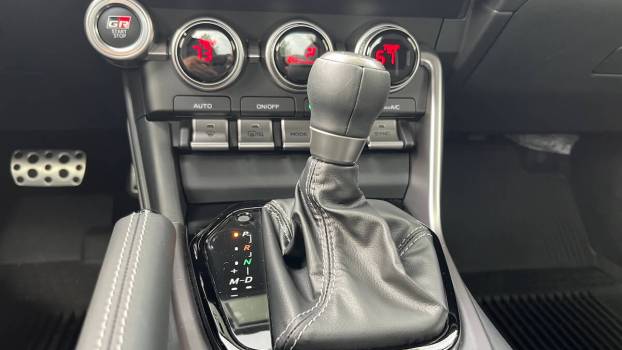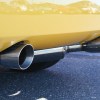
What Does P-R-N-D-L Stand for on a Car’s Automatic Transmission?
Most cars on the road today are operated through an automatic transmission with a gear shifter typically adorned with selections of PRND or PRNDL. All who drive such vehicles should be familiar with Park, Reverse, and Drive, the P, R, and D letters affixed to or adjacent to gear levers, but what do the other letters mean, and what do some other letters or drive modes also used on some cars mean?
Automatic transmissions explained
Unlike manual or “stick shift” transmissions, automatic transmissions do not require the driver to switch gears themselves. Instead, an automatic transmission uses sensors to detect when a gear change is needed. Then, as the name suggests, the transmission is automatically disconnected from the engine momentarily and a new gear is selected, a process usually undertaken by a torque converter.
Because automatic transmissions do not require driver input to change gears, cars equipped with them do not need a clutch pedal. Drivers can simply select Drive or another selection and leave the automatic transmission to undertake any necessary gear changes thereafter.
Simplistic forms of automatic transmissions have been around for well over a century, becoming mass-produced with General Motors’ Hydramatic transmission in the late 1930s. Automatic transmissions have become the norm across much of the globe, particularly in the United States. According to insurance company Progressive, just 2.5% of cars sold in the U.S. are equipped with manual transmissions.
Not all new cars have a traditional gear lever, either. For instance, the Chrysler Pacifica uses a rotary dial to allow drivers to select Drive, Reverse, Neutral, or Park. A more commonly used system is electronic gear selectors. Typically these include individual buttons or small switches for Park, Reverse, Neutral, or Drive. Drivers simply need to push the button or pull the switch to engage their desired drive type.
There are also various types of automatic transmissions. Some commonly used variants include a continuously variable transmission (CVT), a dual-clutch transmission, or a Tiptronic transmission. These transmissions function in different ways — a CVT uses pulleys instead of fixed gears, and a Tiptronic allows drivers to switch between automatic and manual shifting — but all still allow the cars in which they are fitted to switch gears automatically.
What do the letters in PRNDL mean?
P — Not to sound like an episode of Sesame Street, but “P” is for “park.” Park disengages the transmission and locks it, preventing the car from moving.
R — Reverse.
N — Neutral. This selection disengages all gears. It can be used to allow a car to either roll using gravity alone or to take the load off the engine.
D — Drive. This allows for the forward motion of the car using the transmission’s gears.
L — Low. Not all cars have this selection, but this setting keeps the vehicle in a lower gear. This allows the engine to provide peak torque instead of outright speed. This setting can be helpful when traversing craggy off-road paths or when towing.
Additional common transmission settings
Most newer cars have additional transmission modes outside of the traditional PRNDL setup.
An “S” will sometimes be selectable with the letter standing for “Sport” mode. In this setting, quicker throttle responses and faster gear changes are available to the driver. In most new cars, Sport mode also increases the steering weight and stiffens the suspension for better performance.
Many models also feature an “M” or Manual mode. Drivers can use the automatic transmission more like a manual as this mode allows for direct gear shift inputs, typically by manipulating the gear lever or using paddle shifters.
Widespread use of Eco, Comfort, and all-terrain modes like Snow or Sand has also become commonplace.
Eco or “economy” mode lowers the engine’s power output and emphasizes fuel efficiency over engine response. This mode allows drivers to stretch the gallons in their fuel tank farther.
Comfort, sometimes called “Normal” mode, is an everyday driving mode with settings for throttle responses and suspension settings between Eco and Sport modes. Effectively, Comfort or Normal mode provides slower throttle response than Sport mode but more power than what’s provided in Eco mode.
Snow, Sand, Rock, or other all-terrain modes maximize engine, suspension, and other performance aspects of a car, truck, or SUV based on the terrain being traversed. For example, Snow mode usually dampens throttle responses and braking power for safely crossing snowy or icy road conditions.




